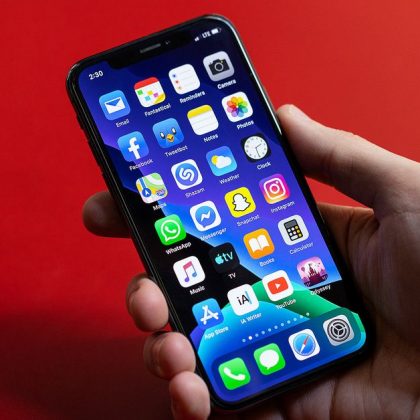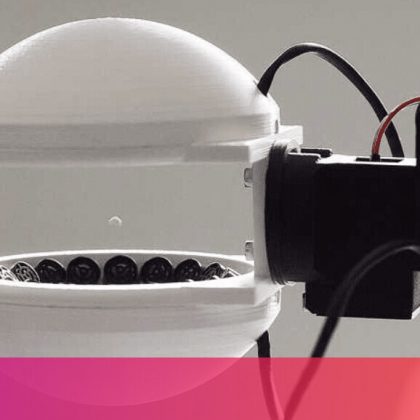Apple may be ready to innovate again, and Samsung is trying to win a game of “feature leaks.” In a previous article, I was quite critical of Apple’s AAPL, +1.00% latest flagship, the iPhone 11 series. I said Apple was hardly innovating, while Android rivals were providing consumers with a much more enticing price-to-value ratio. But this may change in 2020. In his latest report — the information in this article is as of mid-October — industry analyst Ming-Chi Kuo highlights what could be expected in next year’s iPhone lineup (most likely called iPhone 12), and this time, there are features to be genuinely excited about: ProMotion displays, 3D cameras, USB-C (finally!) and 5G support for every model. Naturally, this has phone manufacturers for Google’s (a unit of Alphabet GOOG, +1.97% GOOGL, +1.95% Android operating system riled up. So Samsung SSNLF, +0.00% has arranged a series of leaks of its own. All of them pertain to the next-in-line Samsung Galaxy S11. Camera First, let’s talk about the camera. Samsung’s upcoming smartphone could feature three of them (ultrawide, wide-angle, telephoto), as well as a significant update to the rear camera sensor. The update was dubbed a “new beginning” for Samsung by Ice Universe, a popular leak outlet. This commentary draws special attention, especially because both Samsung’s Galaxy S10 and Galaxy Note 10 feature an outdated primary sensor from 2016 for their rear cameras. This was one of the reasons why Samsung kept lagging behind the kings of mobile photography — Huawei and Google. The latest iteration is rumored to have a mind-boggling 108-megapixel (MP) resolution, as well as a telephoto camera that uses the same lens as Huawei’s P30 Pro, enabling five times optical zoom. Not much more is known about the camera, but this significant upgrade could be what Samsung needs to increase the appeal of its phones in the eyes of mobile photographers worldwide. Spectrometer Recently, Samsung has applied for a patent featuring a spectrometer implemented in a mobile phone. A spectrometer is used for chemical analysis of sample materials. In short, it can tell what elements are present in a substance, as well as their quantity. A phone armed with a spectrometer could display the nutritional value of food simply by scanning it. It could also read skin moisture levels, the percentage of body fat and the percentage of alcohol in drinks. Will it become a part of the Galaxy S11? At this point we’re uncertain, but if it does, it will become an indispensable feature of health and fitness apps, giving the S11 the upper hand over other phones in that segment. Display Next comes the display, and it could be another game changer for Samsung. The manufacturer started implementing its signature curved screens with the Galaxy S8. Dubbed “Infinity Display,” these screens cover nearly the entire front of each phone, stretching from one end to the other. The S11 could go one step further, possibly featuring a four-sided curved screen, as was revealed in Samsung’s patent
Read More
29October





